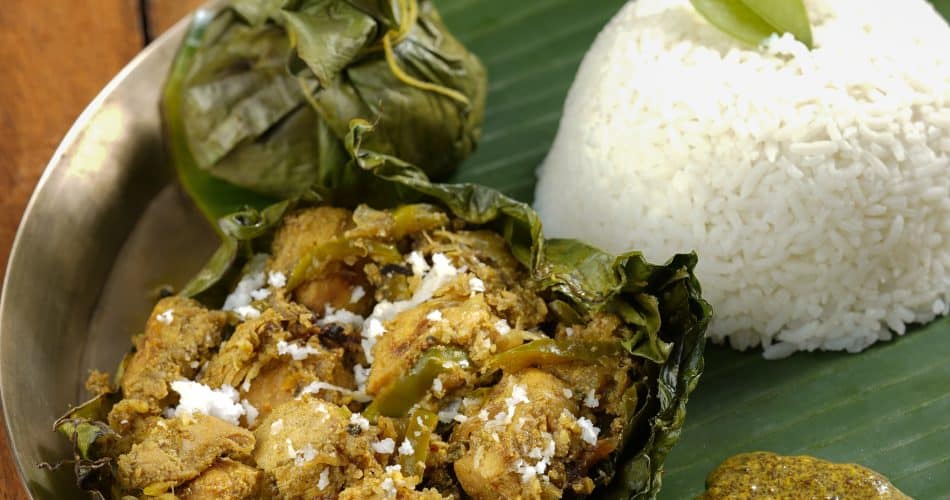Armenia that tiny land locked country, sitting between Turkey, Iran, Georgia and Azerbaijan has a long-lost connection with Bengal… Well, you heard it right. Trade and religion never stopped people from exploring the unknown. And this connection between Bengal and Armenia is proof enough when Bengalis relish their leaf wrapped delicacies.
Annals in history tell us that the Armenians accompanied Alexander in his quest for expansion. Further down to the Malabar arrived Thomas of Cana in 780 AD by land route. Probably from there via sea route came those who settled in Chinsuhura, a quaint town near present day Kolkata. Thus started the twinning of two cultures.
Leaving their green and bounteous land they reached a place that was similar to their’s — crisscrossed with rivers and full of green all around, Bengal, their new found home was their new home away from home. The food too was somewhat similar. Armenia, their country of origin, wrapped their fish and meat in grape leaves to cook while Bengal used banana, pumpkin, bottle gourd and more. The spices that they had picked taste of, embellished well with the ingredients of the new landscape.
The two cultures intermingled. Families exchanged festivities and food. Dolmades and Sarma soon became dolmas and paturis. The vegetable for dolma was accepted as parwal or pointed gourd and tomatoes. So these would be filled with meat, fish, prawns and more. Paturis or leaf wrapped delicacies were accepted as what was available locally. Local spices like mustard and sesame got into the Armenian kitchens.
History, when written from people’s narratives, has many a meandering tales to tell. Storytellers spice it up to narrate them. So, what is Paturi for the Bongs is a Patra for the Parsis is Sarma for the Armenians – only that Sarmas were traditionally wrapped in grape leaves.
Dolmas are vegetables scooped out and then cooked and refilled with cooked meat, fish, prawns, vegetables and baked/ fried / made into a gravy. The twists and turns incorporating Indian spices had been accepted with open arms. Rich and high browed Indians were influenced by the Armenian diaspora. And the Armenians reciprocated. The long dinner table was accepted with food that mixed and matched.
Let’s explore the story. The story that takes us back into history. Tells us when food shared physical and political lines blur, evaporating barriers within communities.
Soon I will be bringing to my table, pumpkin leaves wrapped in red lentil and prawns. And fish kobiraji (fish cutlets wrapped in chiffonade of egg). There will be spiky teasel gourd filled with coconut and mustard sauce. And a lot lot more. There will be equal numbers of vegetarian as well as meat dishes. Join me at my table for an adda, memories of food and travel and much more.
Author – Sharmila Sinha

